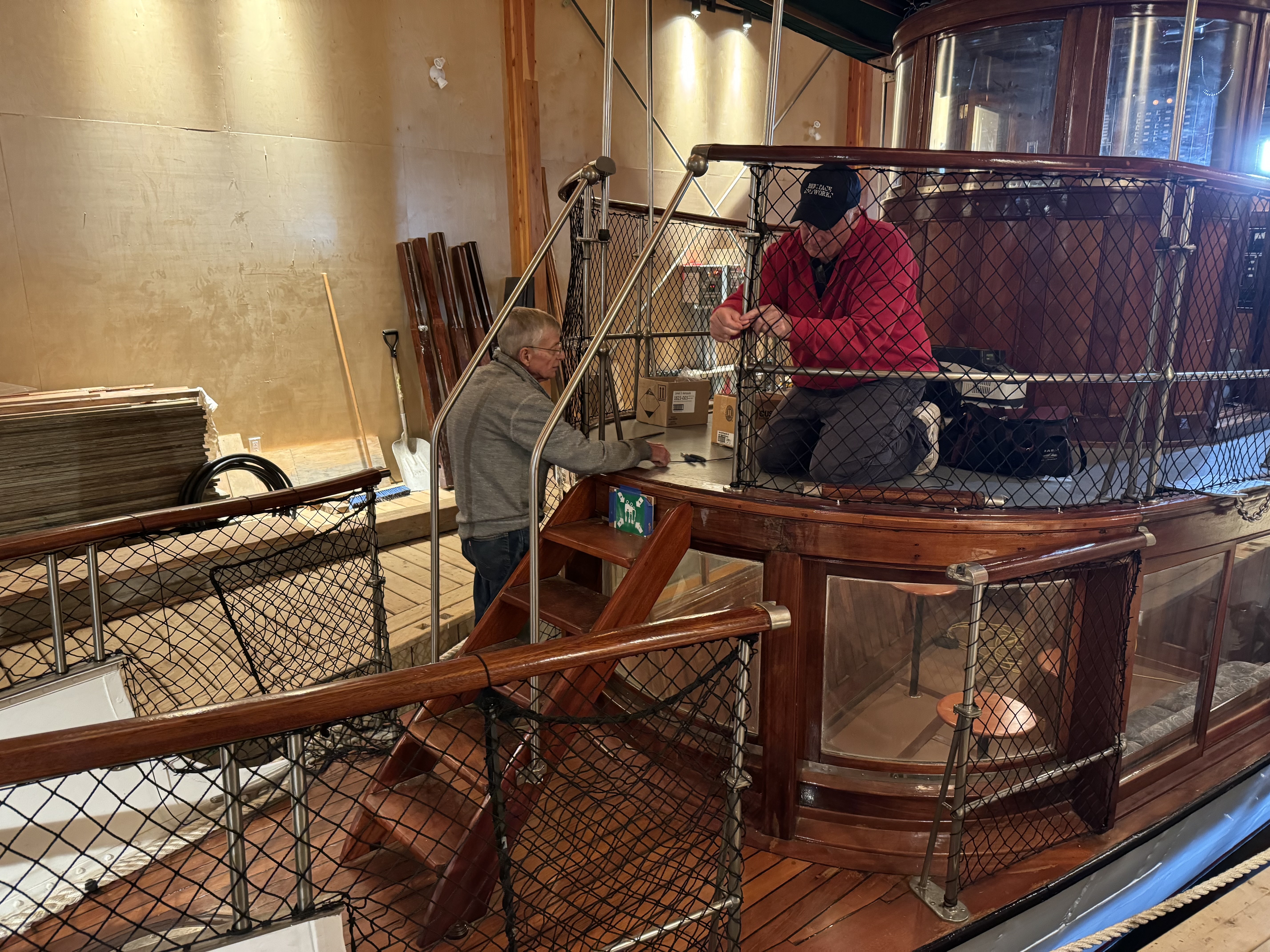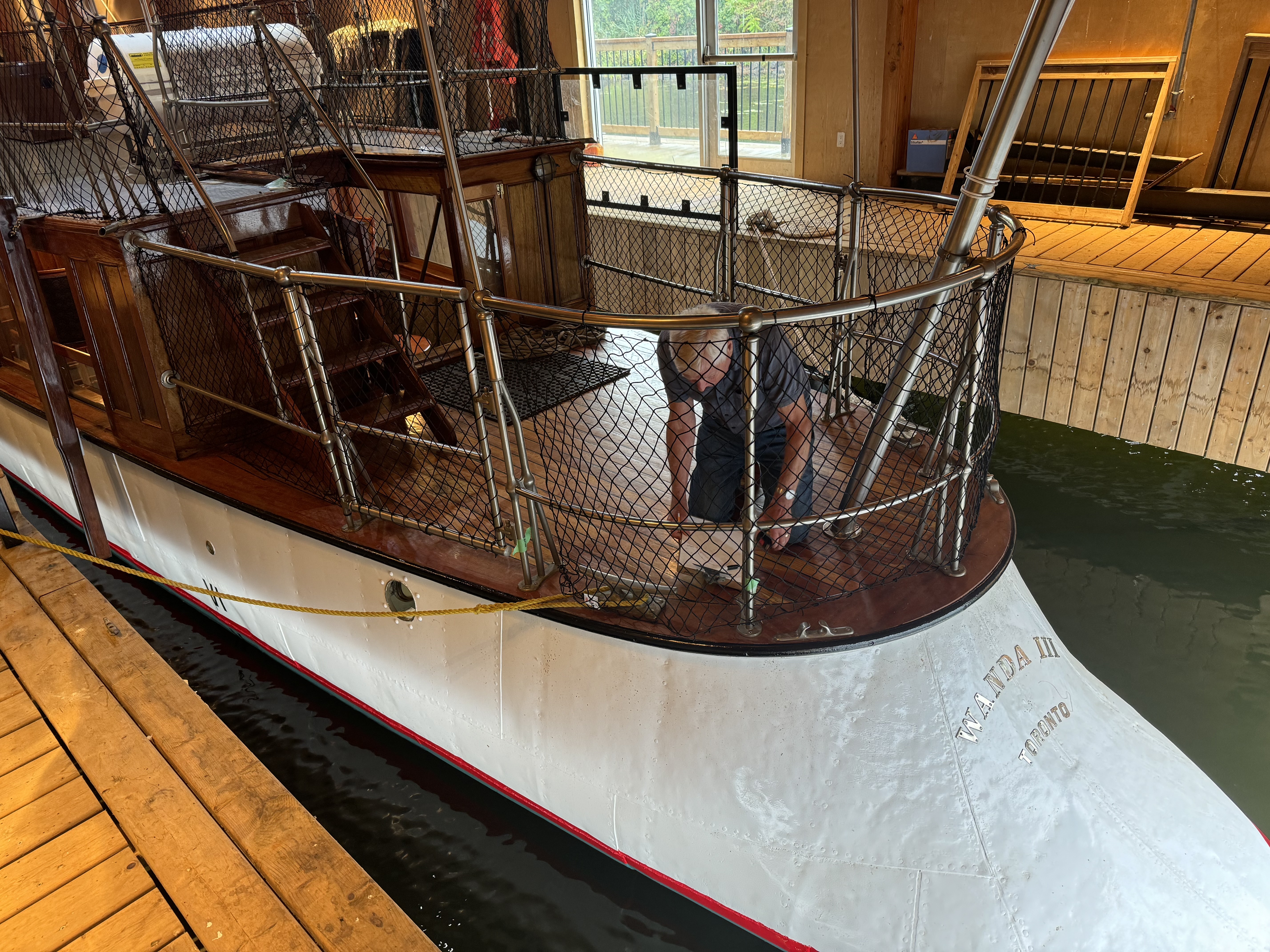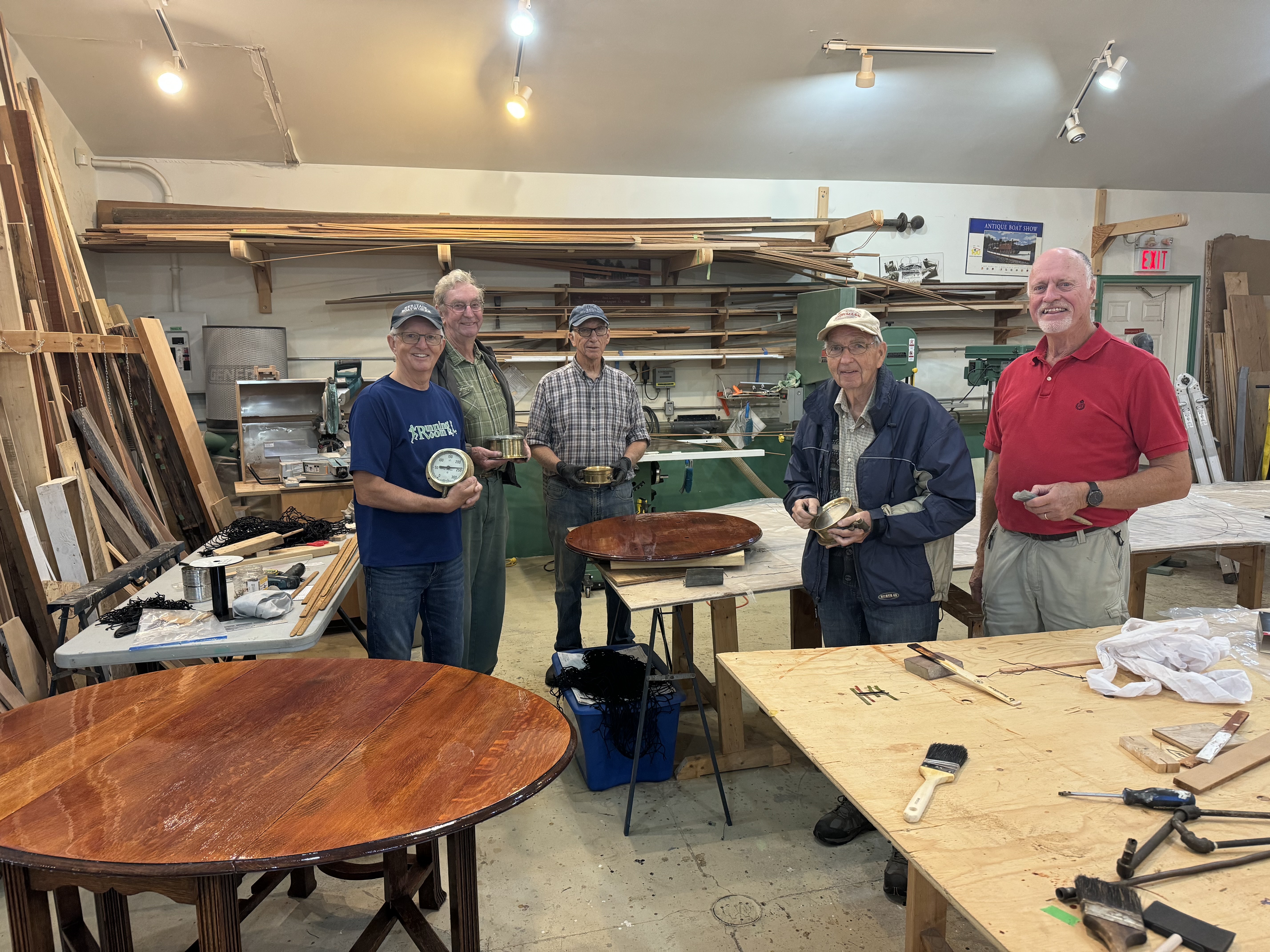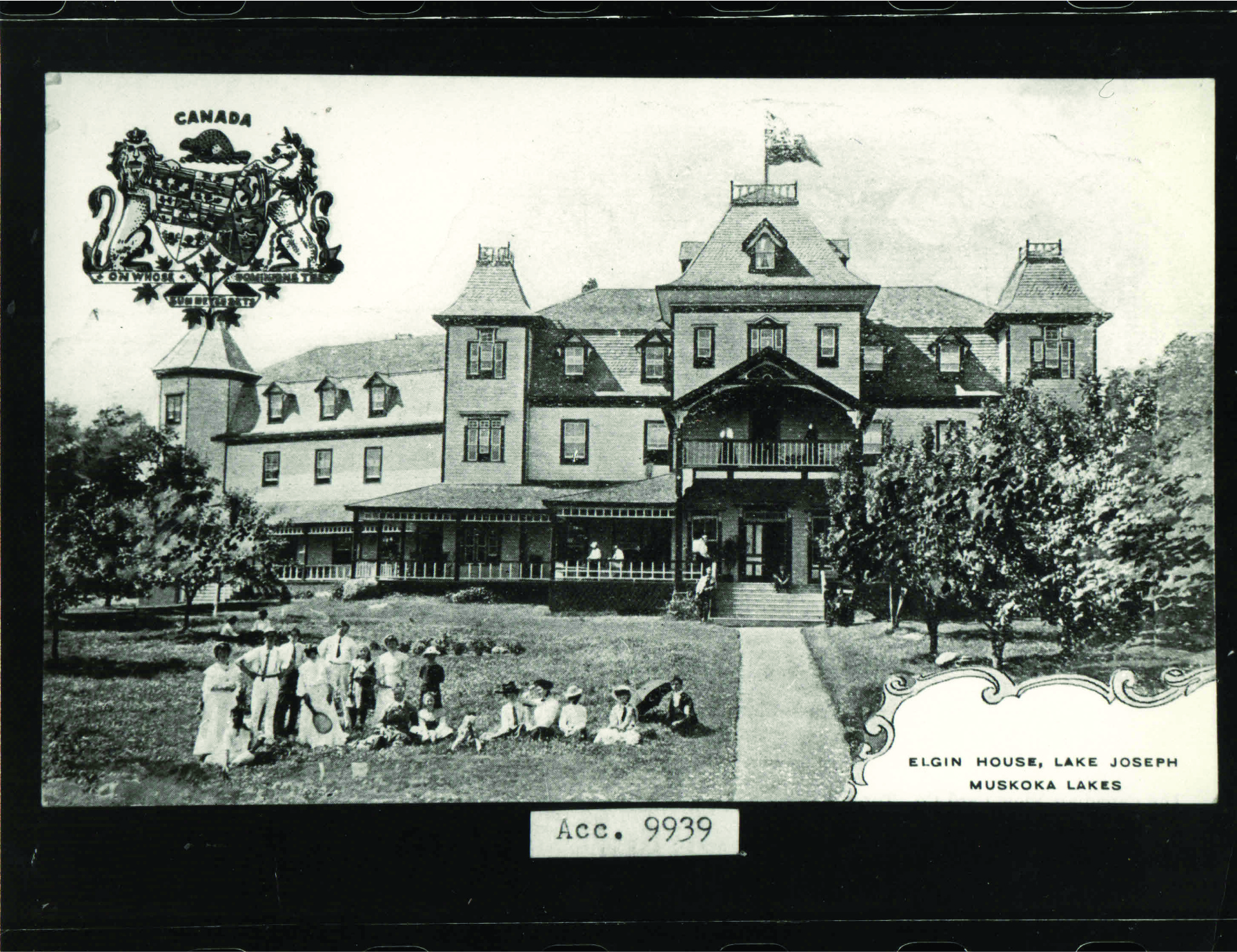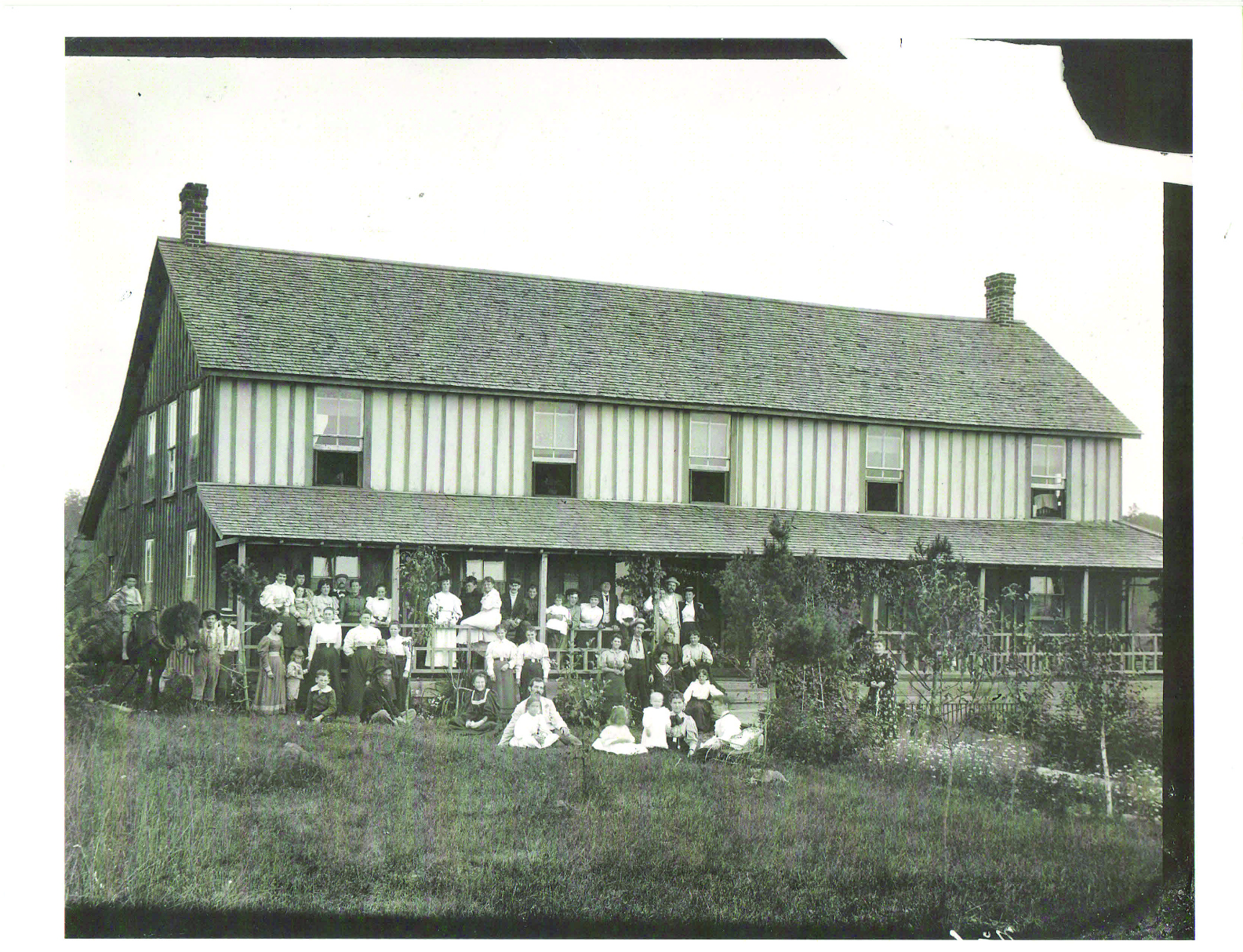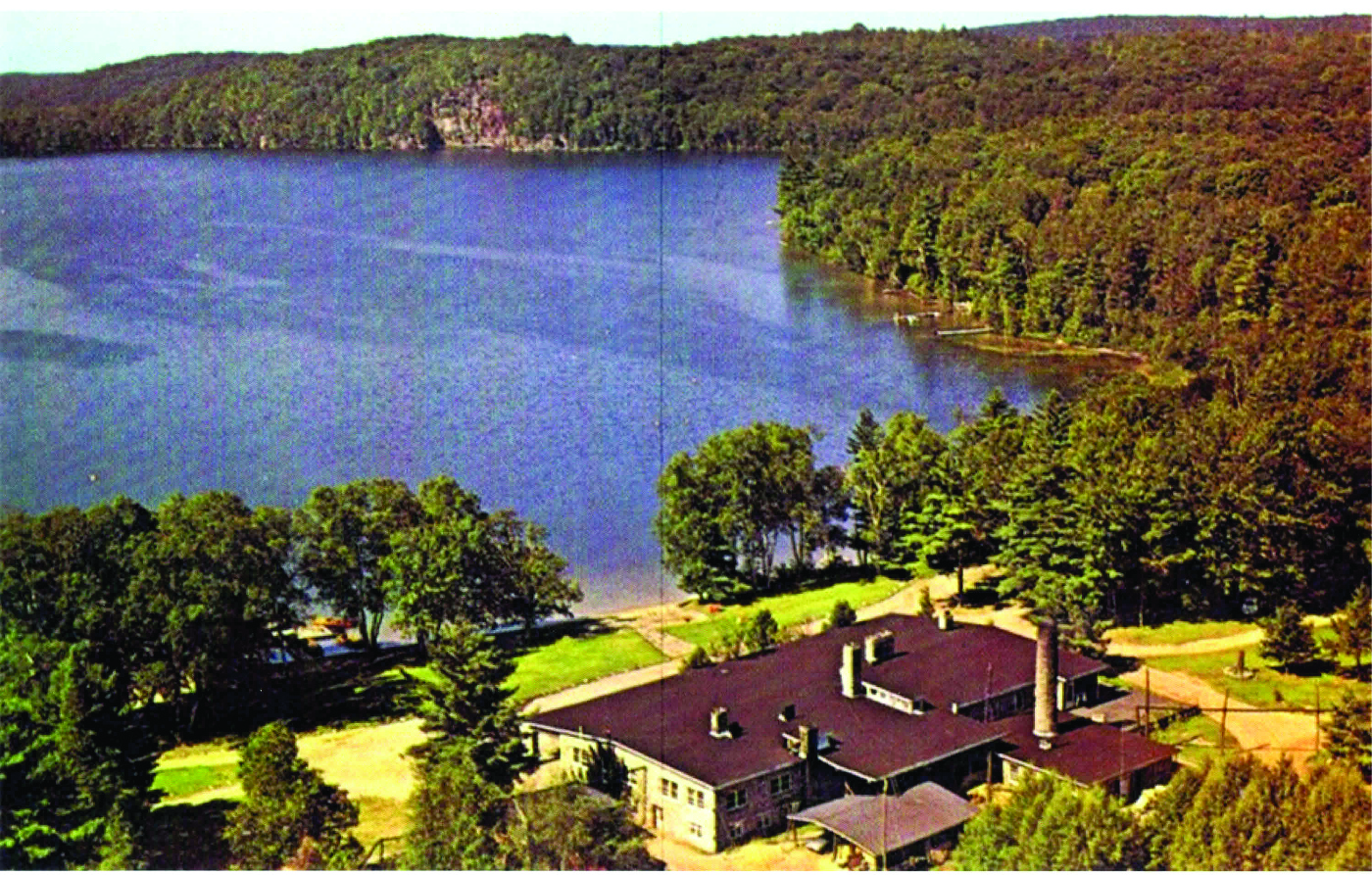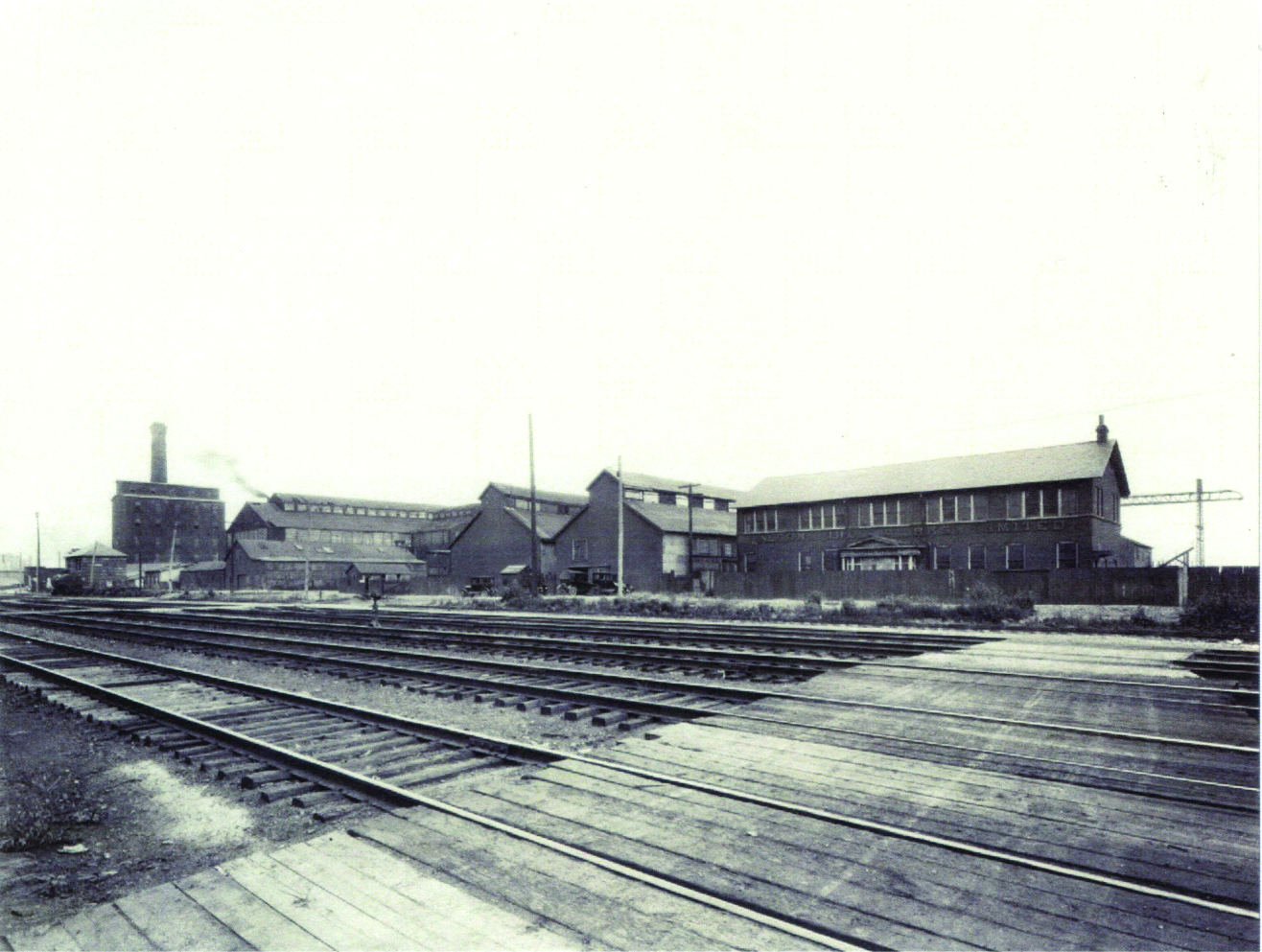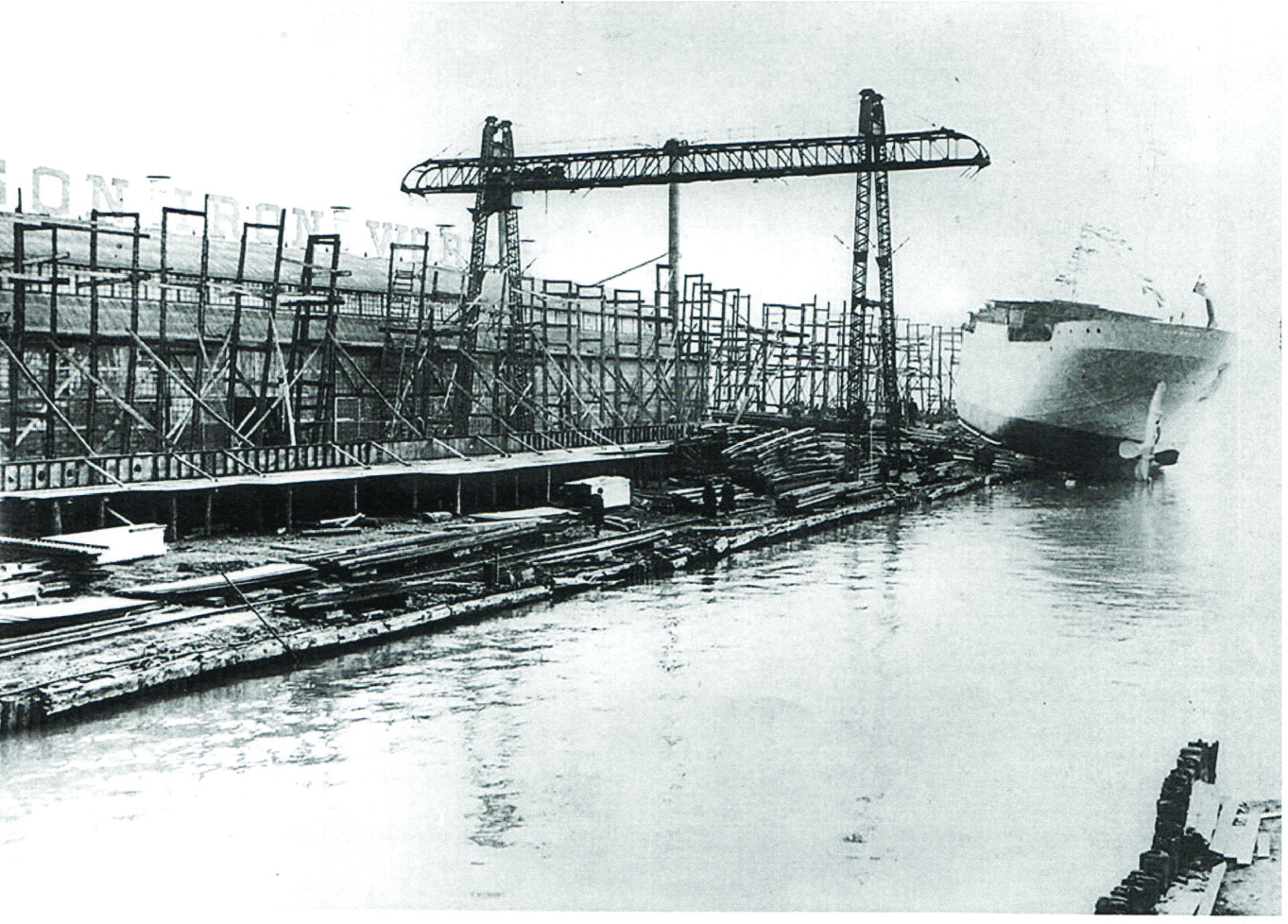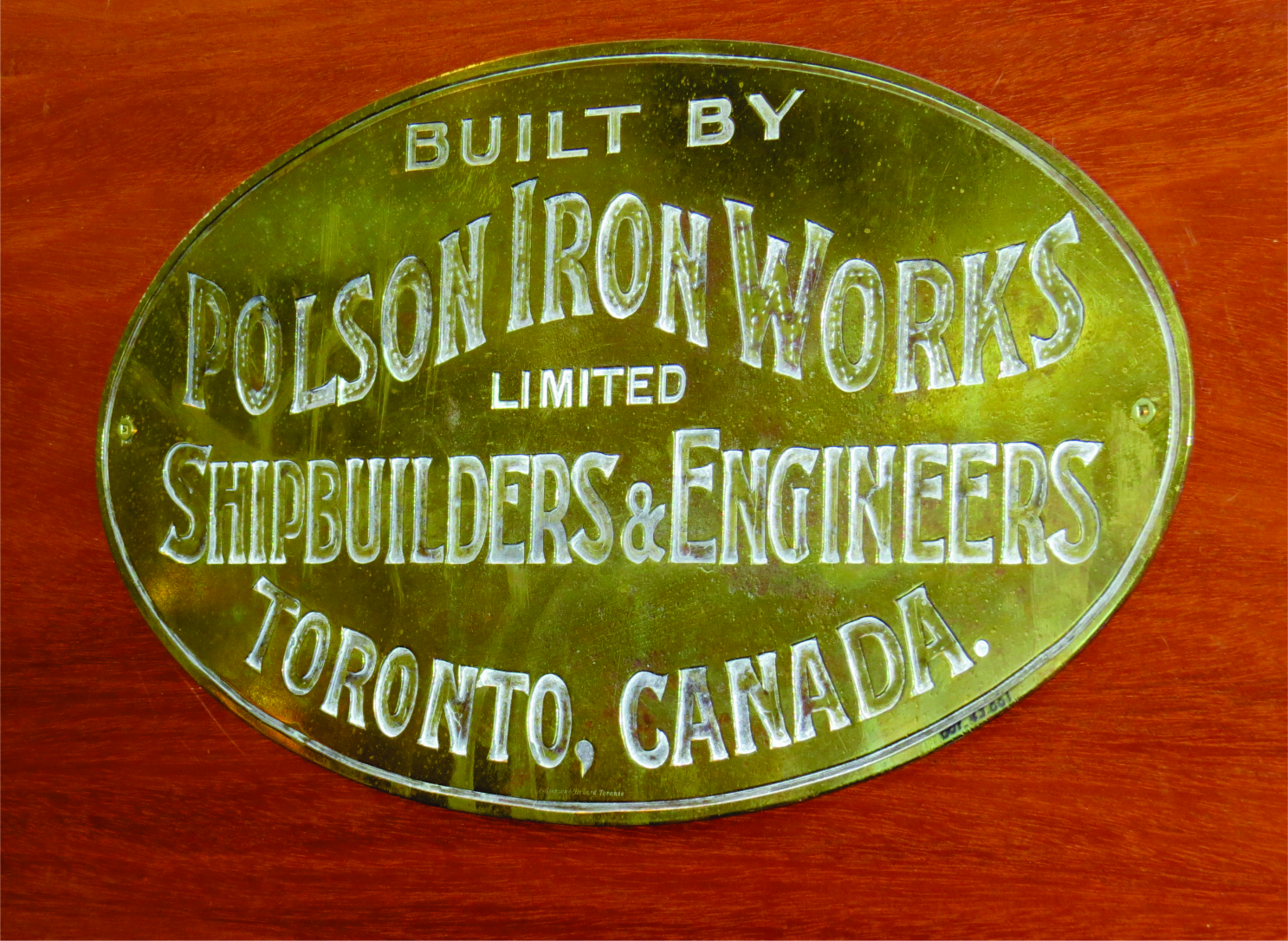The Diaries of Captain John Rogers
A look at day-to-day life in Muskoka from 1906-1926
The name John Rogers seems synonymous with the history of Muskoka. Having produced the Guide Book and Atlas of Muskoka and Parry Sound, 1879, written the Blue Books of 1915 and 1918 listing all residents, seasonal and permanent in Muskoka, having his own steamship and many jobs too numerous to list, he has left a huge legacy.
Muskoka Discovery Centre was lucky to have the loan of nine of John Rogers’s diaries starting when he was 60 years in 1906 and ending with his death in 1926.
John Rogers was born in England in 1846, was educated as an engineer and in 1875, came to Canada, then to Muskoka. He married Edith May Cox the daughter of Enoch Cox, the owner of Prospect House in Port Sandfield. Captain Rogers built a home, called Birchwood in Port Sandfield and ran it as a small family hotel.
His diaries confirm that the weather was of utmost importance – it is mentioned at the beginning of every entry. The weather controlled what activities were undertaken each day.
In the 1907 diary, he refers to many “young peoples parties” including, teas, skating, dinners and a carnival in Port Carling. The young people thought nothing of walking from Port Sandfield to Port Carling to go skating, then walking home. Most of the entertaining occurred from November until May at least once or twice per week, with large parties being held at Christmas, New Years and Easter. This is quite logical as the months of June through October were the busy time of year, with most jobs to be done outside. In the early years, travelling was easier in summer. This changed in 1921, when his family got a car: from then on, activities were more year-round.
During the summer months there was mention of regattas, held in Port Carling, Port Sandfield and the Muskoka Lakes Association Regatta held at Royal Muskoka Hotel. Also, during the summer it appeared that the family attended church services at least twice per week, with church on Sunday often followed by lunch. Captain Rogers travelled very frequently in the summer, visiting many places in his position as a tax assessor and making changes to his Blue Books. He often took his own boat, sleeping aboard when he went on longer trips.
The weather also had an impact on the greenhouses he built, where he grew vegetables and flowers including dahlias and roses year-round. In 1907 he purchased a “Hot Air Machine” for his greenhouses. As an engineer, he was very good at working with machinery. He also had a furnace that warmed water that ran through the greenhouses, keeping them warm during the winter. He sold his vegetables, flowers and plants to the local hotels, but it was a lot of work: each day, particularly during the winter, he talked of cutting wood for his furnaces.
At the end of each of the diaries, there are accounting sheets showing how much money he made and what his costs of living were. By reading the diaries it is easy to believe he was a man of many talents. He worked for several years on writing the Roger’s Blue Books. He was an engineer, a tax assessor, ship builder (Pinafore and Edith May), a local councilman, cartographer, author (The Guide Book and Atlas of Muskoka and Parry Sound District), member of the board of health, an insurance salesman, sanitary inspector, a notary (charging 25 cents for each document) and a real estate agent. He also belonged to a Literary Society and joined the Muskoka Lakes Golf and Country Club, which opened in 1920.
The diaries also mention specific dates of events, such as peace being declared on November 4th, 1918, and Armistice Day at the 11th hour of the 11th day of the 11th month, 1918. He also states that daily trains to Toronto started April 23, 1918. He noted that the Kenozha ship burned on August 13 near Stanley House. He mentions it was very common for him to take one ship to town in the morning and return later that day by another ship.
In 1923, at the age of 77, he was still working in his greenhouses and travelling around the lakes. The weather this year prompted him to have his bedroom and office insulated. He also had his stable turned into a garage for his car. His Birchwood home got electricity in 1922.
On March 31, 1926, Captain Rogers died suddenly at the age of 80. His wife Edith lived until 1945. His sons Bill and Carl were living at home at the time and Bill continued to make notes in the diary. Bill Rogers was a builder who built the annex at Elgin House. Carl Rogers, the youngest son, became the general manager of Muskoka Lakes Golf and Country Club.
It has been pleasure reading these diaries and learning so much about life in Muskoka at that time.
Mary Patterson, Archives Volunteer
This article first appeared in the Winter 2019 edition of Reflections magazine
